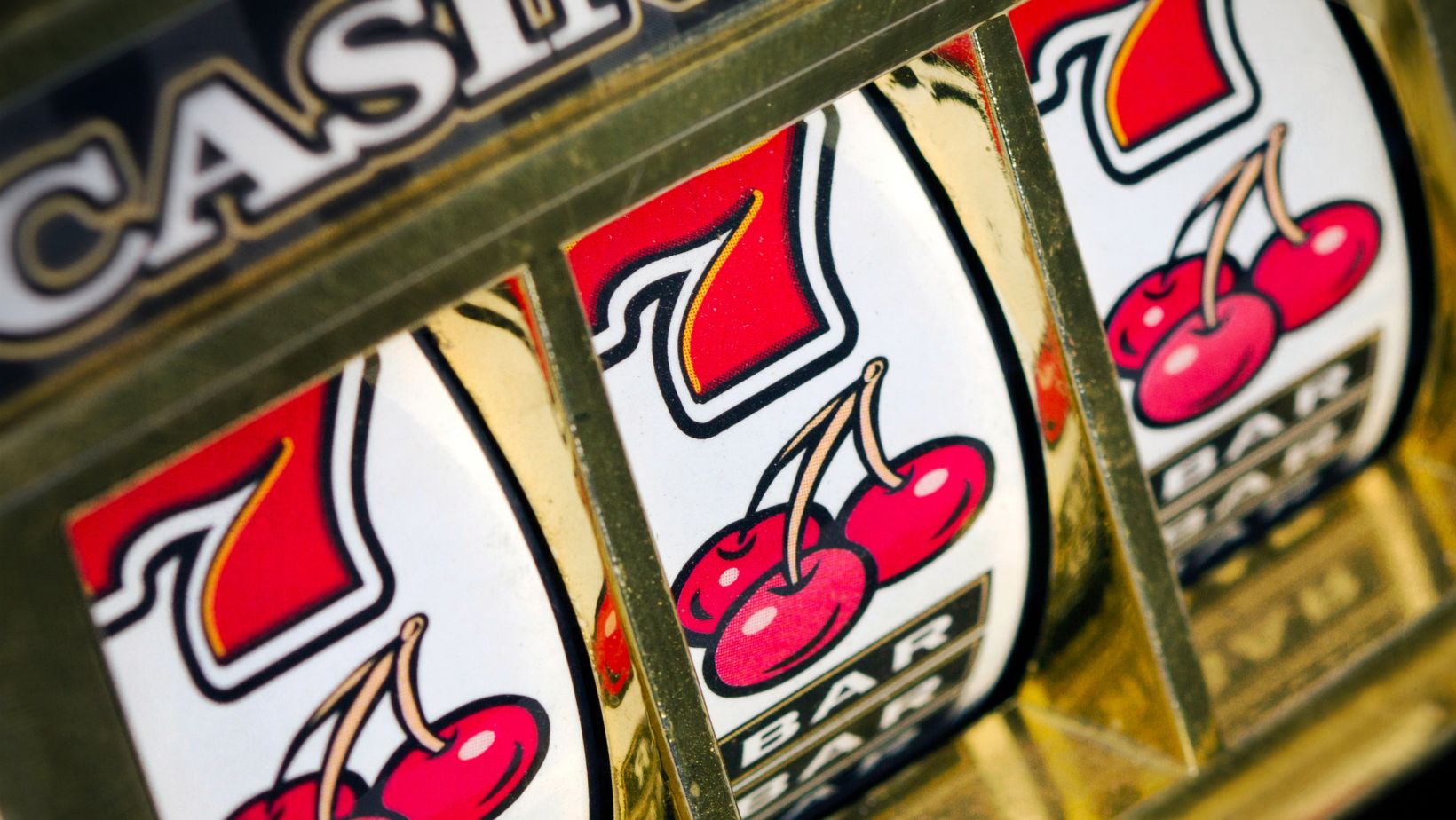
You wake up and immediately check your phone to see if you maintained your language learning streak. At lunch, you scan your meal to earn points toward a free coffee. After work, you close your activity rings and feel a rush of satisfaction. Before bed, you check how many steps ahead of your friends you are. Without realizing it, you’ve spent the day pulling virtual levers, collecting rewards, and chasing arbitrary achievements. This is gamification in action, transforming ordinary tasks into addictive games that keep you coming back for more.
What Is Gamification?
Gamification refers to the application of game design elements in non-game contexts to influence behavior and increase engagement. The term gained prominence in the early 2010s, though the underlying principles have existed for decades in loyalty programs and educational settings. Core mechanics include points systems, achievement badges, progress bars, leaderboards, and streak counters that tap into fundamental human motivations for achievement and competition.
The strategy has expanded far beyond productivity apps into virtually every sector of modern life. Fitness trackers award badges for workout milestones. Educational platforms use experience points to motivate learning. Meditation apps encourage daily practice through streak maintenance. Even banking applications now offer rewards for checking your balance regularly or saving specific amounts. The entertainment industry has mastered these techniques particularly well, with platforms employing sophisticated reward systems to maximize user engagement and session duration.
The mechanics mirror those found in traditional slot machines and similar betting systems. Modern mobile applications in the online gambling sector exemplify these principles, with platforms like nv casino app implementing progressive reward structures, achievement unlocks, and variable reinforcement schedules that keep players engaged through carefully calibrated gaming experiences. These entertainment platforms demonstrate how effectively game mechanics can capture attention when combined with the accessibility of smartphone technology and instant gratification of digital rewards.
Understanding these underlying patterns helps explain why so many applications feel compelling despite offering no tangible benefit. The psychological hooks are identical whether you’re completing a language lesson, closing fitness rings, or spinning reels. Developers borrow liberally from casino psychology because the mechanisms for capturing attention and sustaining engagement are universal across contexts.
The Psychology of Rewards
The effectiveness of gamification stems from its exploitation of dopamine pathways in the brain. Dopamine, often mischaracterized as a pleasure chemical, actually functions more as an anticipation neurotransmitter. It spikes not when you receive a reward, but when you expect one might be coming. This creates a powerful motivation to repeat behaviors that previously yielded rewards, even when the actual benefit is minimal.
Variable ratio reinforcement schedules prove particularly effective at sustaining behavior. This psychological principle, extensively studied by B.F. Skinner in the mid-20th century, demonstrates that unpredictable rewards generate stronger engagement than consistent ones. When you don’t know exactly when the next reward will arrive, you’re more likely to keep trying. This explains why slot machines are more addictive than vending machines, despite both dispensing rewards.
Different reward schedules produce distinct behavioral patterns and levels of engagement in users.
| Reward Schedule | Predictability | Engagement Level | Resistance to Extinction | Common Examples |
| Fixed Ratio | Predictable | Moderate | Low | Punch cards, subscription milestones |
| Variable Ratio | Unpredictable | Very High | Very High | Loot boxes, social media likes |
| Fixed Interval | Time-based, predictable | Low to Moderate | Very Low | Daily login bonuses, weekly challenges |
| Variable Interval | Time-based, unpredictable | High | High | Email notifications, random drops |
The table reveals why certain applications prove more difficult to ignore than others. Variable ratio schedules create the strongest compulsions because users never know when the next reward will arrive, encouraging constant checking and engagement. This same mechanism underlies problematic relationships with social media, where unpredictable likes and comments keep users refreshing their feeds.
Where Gamification Shows Up
The reach of game mechanics extends into virtually every corner of modern digital life, often in ways you may not consciously recognize. Awareness of these patterns helps identify when applications are attempting to manipulate your behavior through psychological techniques.
Common implementations appear across numerous categories and industries:
- Fitness and health applications: Step counters with daily goals, workout streak tracking, achievement badges for milestones, social competition features, and calorie tracking with point systems
- Educational platforms: Experience points for completed lessons, skill trees showing progression paths, timed challenges with leaderboards, virtual currency systems, and mastery levels
- Productivity tools: Task completion streaks, productivity scores, focus timers with rewards, habit tracking chains, and project milestone celebrations
- Social media platforms: Like counters, follower metrics, story view counts, engagement analytics, algorithmic boost potential based on posting frequency
- Shopping and retail: Loyalty point systems, tier-based membership levels, purchase streaks, exclusive access rewards, and gamified sales events
- Financial services: Savings challenges, investment performance rankings, budget achievement badges, and transaction categorization games
The pervasiveness suggests that virtually any behavior developers want to encourage can be gamified. The question becomes not whether an application uses these techniques, but how aggressively and transparently it does so.
The Dark Side of Game Mechanics
While gamification can motivate positive behaviors like exercise or learning, the same mechanisms can be exploited for less benign purposes. The ethical concerns multiply when profit motives align with keeping users engaged regardless of their wellbeing. Developers face minimal regulation around psychological manipulation, creating an environment where engagement metrics often trump user welfare.
Addiction potential represents a serious consideration, particularly for vulnerable populations. When applications employ variable reward schedules and streak-breaking anxiety, they create conditions remarkably similar to gambling addiction. Users report feeling compelled to check applications despite wanting to stop, experiencing anxiety when unable to maintain streaks, and prioritizing virtual achievements over real-world responsibilities.

Privacy implications compound these concerns. Highly gamified applications require constant data collection to function effectively, tracking your behaviors, preferences, and vulnerabilities. This information enables increasingly sophisticated manipulation while being sold to third parties or used for targeted advertising. The more engaging the application, the more data it extracts, creating perverse incentives for developers to maximize addictiveness.
Navigating a Gamified World
Recognition represents the first step toward healthier relationships with gamified technology. Understanding that many applications are deliberately designed to capture your attention using psychological techniques removes the illusion of personal weakness. The compulsion to check your phone constantly isn’t a character flaw but a predictable response to sophisticated behavioral engineering.
Implementing boundaries becomes easier once you identify which game mechanics affect you most strongly. Disable streak counters if they create anxiety. Turn off notifications that create variable reward anticipation. Question whether you genuinely benefit from point systems and leaderboards or whether they simply create artificial urgency. Choose applications based on utility rather than engagement features, and uninstall those that consume disproportionate attention relative to their value.
Cultivate awareness of your motivations when interacting with technology. Ask whether you’re opening an application to accomplish a specific task or simply checking for rewards. The distinction reveals when gamification serves you versus when you serve it. Share these insights with others, particularly young people who grew up immersed in gamified environments without recognizing the manipulation. A more informed user base creates pressure for more ethical design practices that respect attention and autonomy rather than exploiting psychological vulnerabilities for profit.







